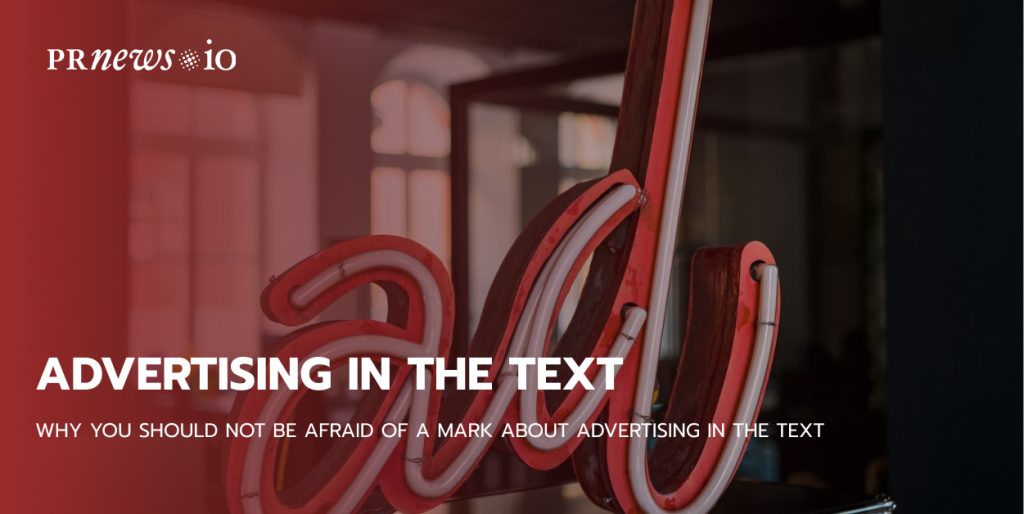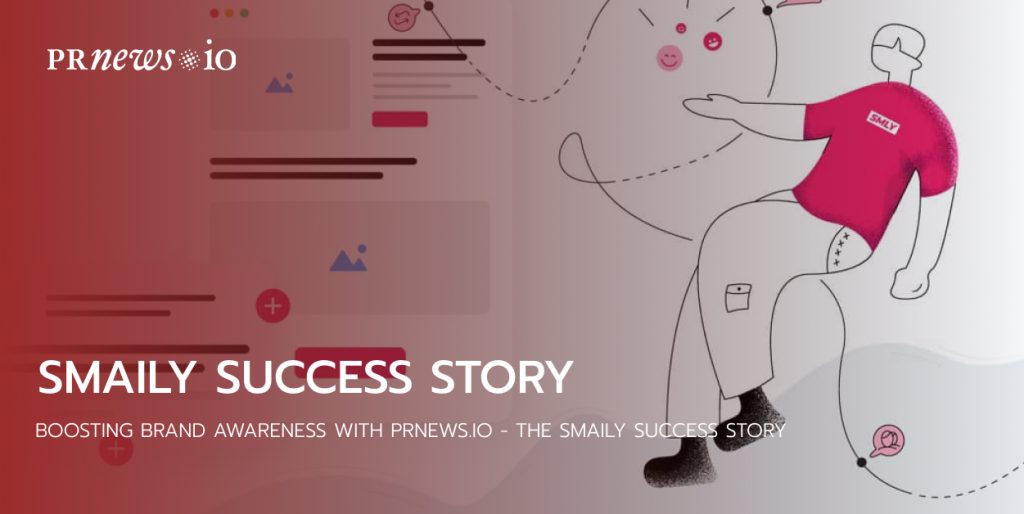
In recent news, a scandal broke out involving finance YouTubers promoting FTX without proper disclosure. This has raised concerns about the transparency and ethics of advertising in the text. However, rather than avoiding this type of advertising altogether, it’s important to approach it mindfully and with clear disclosure.
In this article, we aim to encourage readers not to be afraid of advertising in the text but to be mindful of how it’s done. We will also introduce PRNEWS.IO, a platform that can help publishers and advertisers manage and publish sponsored content while ensuring compliance with regulations and ethical standards.
Why You Shouldn’t Fear the “Advertorial” in Your Content: Understanding the Benefits and Importance of Disclosure
When it comes to content marketing, many companies are hesitant to publish advertorials or other promotional materials in their publications, fearing that readers will be put off. However, the truth is that marking promotional material can actually be a sign of respect for the reader and can have several important legal implications.
At PRNEWS.io, for example, more than half of the 10,000+ sites featured on the platform publish material with the word “Advertorial” attached. This marking signals to readers that the content is promotional in nature, and gives them the option to decide whether or not to engage with it.

In addition, many countries have advertising laws that require such marking, and failure to do so can result in penalties and other problems. For example, last year Kim Kardashian settled with the FTC for $1.26 million for not properly disclosing that she was paid $250,000 to promote EthereumMax’s EMAX token.
By clearly marking promotional material, publishers and advertisers not only comply with legal requirements but also show respect for their readers by giving them transparency and choice. And, contrary to popular belief, many readers are actually interested in promotional content that is relevant and engaging.
Will Your Text with an Advertising Note Be Read?
The usefulness of the content is the most important factor in whether or not it will be read. Even if the ultimate goal is to convert a potential client, articles that provide valuable and interesting information will still be consumed. Furthermore, readers will engage with promotional posts if they’re already interested in the product or service being promoted.
For instance, a tech website could publish an article on using NFC technology in smartphones and also discuss the features of a new OUKITEL device.
Useful information could be anything from product posts and equipment reviews to company features from the service sector. Even news articles can contain embedded advertising, as the stories they tell put the reader on the side of a sympathetic character, whose use of a particular car or gadget can inspire desire in the reader. This is particularly true for celebrity endorsements, where every aspect of their look and accessories can be marketed.
Native advertising is one of the most effective advertising strategies, as it aims to sell products and services in a natural and non-intrusive way that doesn’t turn off the reader. This technique is popular with bloggers and in “ownership experience” type materials.
How Google ranks materials marked as Advertorial
Google’s search algorithm is designed to provide users with the most relevant and high-quality content for their search queries. It takes into account a variety of factors, including keywords, backlinks, user engagement, and content quality.
When it comes to advertorial content, Google recognizes that it is sponsored content and views it differently than non-sponsored content. Advertorials are labeled as “sponsored content” or “advertorial” to distinguish them from non-sponsored content.
However, this labeling alone does not negatively affect search rankings. Advertorial content can still rank well if it meets Google’s criteria for high-quality content. This includes providing valuable information to readers, being well-written and engaging, and avoiding keyword stuffing and other spammy tactics.
To optimize advertorial content for better search rankings, it is important to focus on creating high-quality content that is relevant to the target audience. This includes providing useful information and insights that are not overly promotional or sales-oriented.
It is also important to avoid using spammy tactics such as keyword stuffing, cloaking, or other black-hat SEO practices. These can result in penalties from Google and lower search rankings.
Transparency and disclosure are also important for both readers and search rankings. Advertorial content should always be clearly labeled as sponsored content to avoid confusion and maintain trust with readers. This also helps Google understand the nature of the content and how to rank it appropriately.
Conclusion
PRNEWS.IO is a platform that publishers and advertisers can use to manage and publish their sponsored content. We are committed to ensuring compliance with regulations and ethical standards when it comes to advertising in the text. We have a team of editors who review every article and ensure that it meets their quality standards, and they provide guidance on how to make sure sponsored content is clearly marked and disclosed.

If you are considering using advertising in the text as part of your marketing strategy, it’s worth considering PRNEWS.IO as a platform to help you manage and publish your content. With our expertise and commitment to ethical standards, we can help ensure that your content is effective and compliant with regulations. So don’t be afraid of advertising in the text, but be mindful of how it’s done, and consider using PRNEWS.IO to help you do it right.
Content Marketing Platform
- 100,000+ media publications;
- get backlinks to your product;
- scale work with content distribution.





